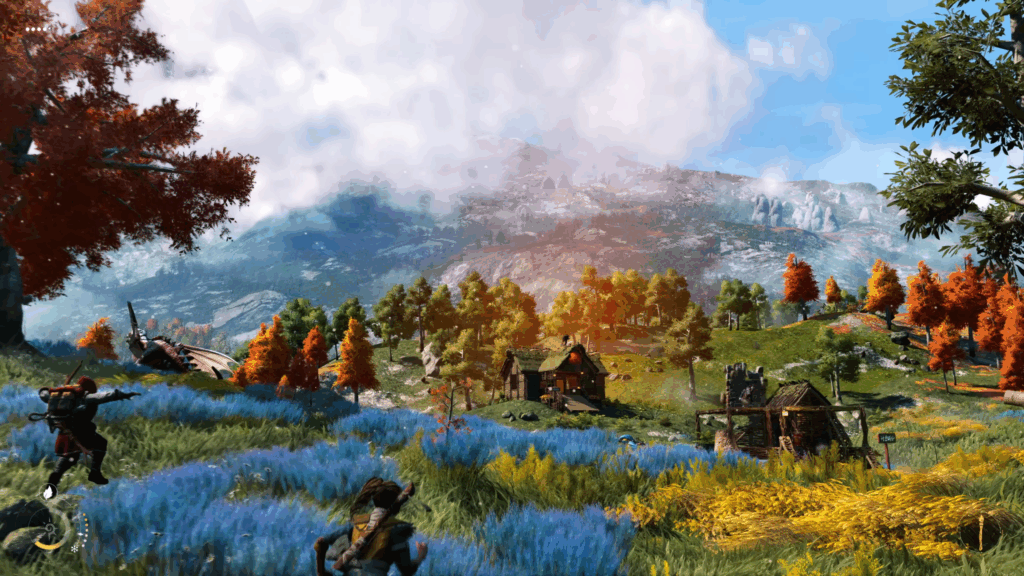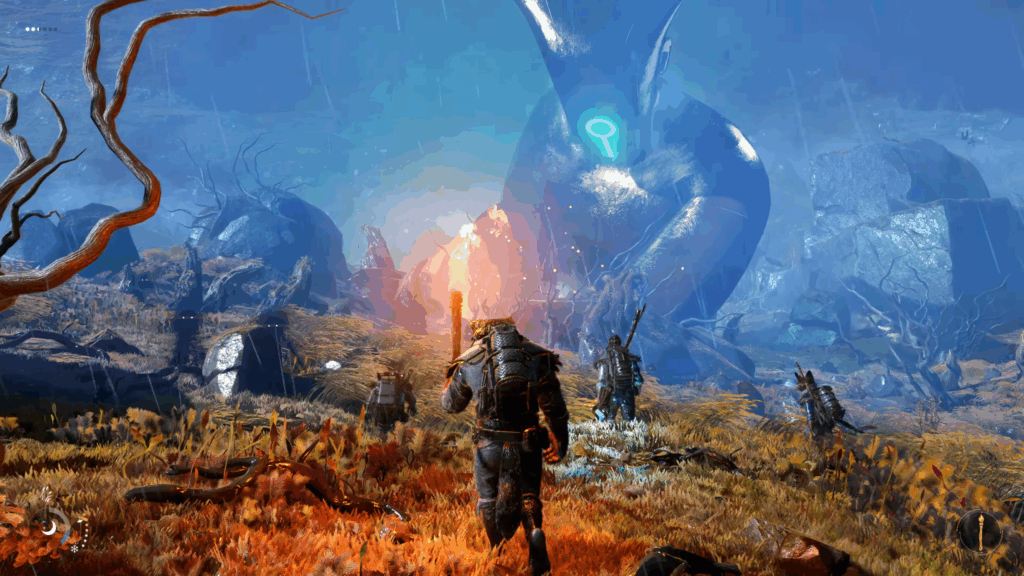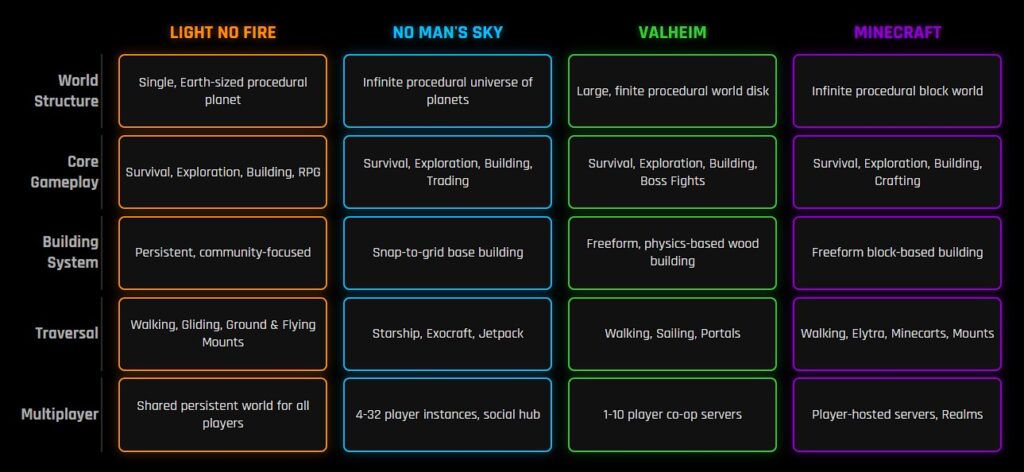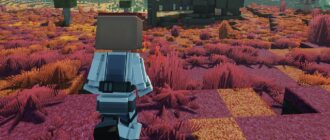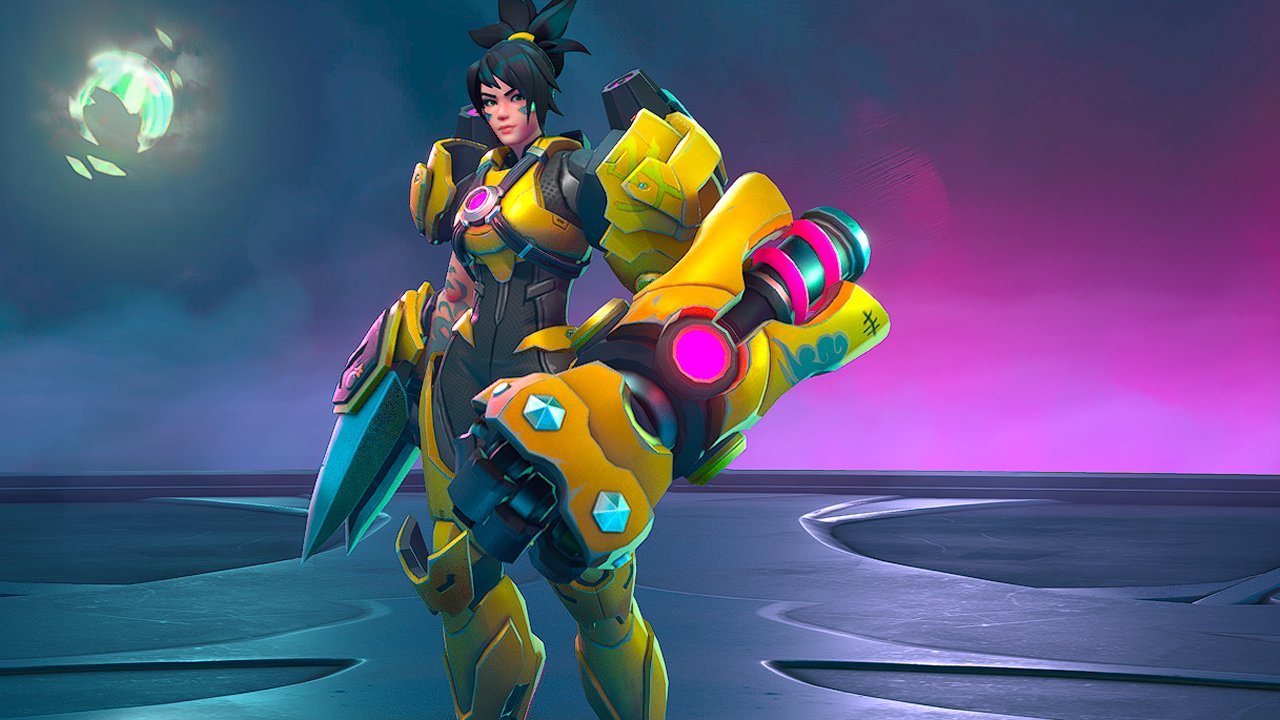At The Game Awards 2023, developer Hello Games revealed Light No Fire, its first new major project since the launch of No Man’s Sky. The announcement showcased a multiplayer survival game set on a single, procedurally generated fantasy planet the size of Earth. This ambitious concept immediately drew attention, not just for its scale, but because it comes from a studio whose history is a well-known story of controversy and redemption. To understand what Light No Fire is, one must examine its bold promises through the lens of its developer’s past.
Deconstructing the Vision: A Procedural Fantasy Earth
Light No Fire is officially described as a game that “brings the depth of a role playing game to the freedom of a survival sandbox”. This positions it as a hybrid, blending the player-driven creativity of games like Minecraft or Valheim with the structured progression and narrative elements of an RPG. The official website and Steam page outline this vision through four key pillars.
The Four Pillars of Light No Fire
The game’s foundation rests on four interconnected concepts that define its intended experience:
- A Multiplayer Earth: The game is built as a shared, persistent world. Players can “meet players from across the globe, build a life, explore and survive together.” This suggests a single-server architecture where player-built communities become permanent fixtures for others to discover.
- A Procedural Earth: Hello Games is leveraging its procedural generation technology to create a “truly open world, with no boundaries at a scale never attempted before.” This world is designed to be dense with varied biomes, enemies, and resources.
- A Fantasy Earth: The setting is an ancient, mysterious world where the player is “not the hero.” This implies a focus on emergent stories discovered through exploration rather than a single, epic questline.
- An Unexplored Earth: The primary motivation for players is discovery. The game challenges players to be the first to climb the highest mountains or find the deepest seas, emphasizing the intrinsic reward of exploration.
The Scale of Ambition
Hello Games founder Sean Murray described the project as building “the first real open world,” a planet “bigger than Earth” with mountains “taller than Everest”. This “Earth-sized” claim is more than a technical boast; it is a strategic statement about gameplay depth.
Where No Man’s Sky offered a universe of planets, creating a fantasy of infinite breadth, Light No Fire focuses all players and content onto a single world to create a fantasy of unprecedented depth. This approach aims to solve the “mile wide, an inch deep” problem often associated with procedural games by making the vast world itself a canvas for shared player history.
Gameplay Mechanics and Industry Comparisons
The announcement trailer provides a glimpse into the game’s core mechanics, which can be contextualized by comparing them to established genre leaders.
Core Loop and Key Features
The gameplay centers on exploration, survival, and building. The trailer shows players chopping trees, constructing wooden cabins, sailing boats, and traversing diverse landscapes. Players can choose from multiple character species, including humans and anthropomorphic animals like rabbits, otters, and wolves.
Traversal is a key feature, with gliders similar to The Legend of Zelda: Breath of the Wild, rideable terrestrial mounts, and flying mounts like giant birds and dragons. This variety is essential for making an Earth-sized world feel navigable and engaging. Combat is shown briefly with bows and swords, and a character holding a staff suggests a magic system is also present. However, combat remains the biggest unknown. No Man’s Sky‘s combat is often seen as its weakest element, and for a fantasy RPG, delivering a satisfying combat system is a major challenge for the studio.
The Developer’s Shadow: The No Man’s Sky Legacy
Understanding Light No Fire is impossible without understanding Hello Games. The studio, founded in 2008, became famous for the controversial 2016 launch of No Man’s Sky. The game was criticized for not including features discussed in pre-release interviews, leading to a significant backlash.
In response, Hello Games began one of gaming’s greatest redemption stories. Over eight years, the studio released dozens of major free updates that added base-building, true multiplayer, VR support, and overhauled core systems. This transformed the game and built a loyal community, but it also taught the studio a hard lesson in communication. The near-total silence on Light No Fire‘s development is a direct result of this history. The studio has adopted a policy of not discussing features until they are ready to ship, determined to avoid repeating past mistakes.
Development and Release Status
Light No Fire has been in development for over five years by a small team within Hello Games. The official release date is “To be announced,” with no confirmed window. Since the reveal, official updates have been nonexistent, leading to active community speculation.
Many recent updates to No Man’s Sky, such as improved planetary generation and new rendering technology, are widely seen as public research and development for Light No Fire. This allows the studio to test and refine its engine in a live environment while rewarding its existing player base.
Key Community Questions
The lack of information has focused community discussion on several key questions:
- Content Density: Will the world be full of interesting things to do, or will it feel vast but empty?
- Multiplayer Functionality: How will a shared world with potentially millions of players work technically?
- Gameplay Depth: Will the survival and progression systems be engaging long-term?
- Monetization: Will the game follow the No Man’s Sky model of a one-time purchase with free updates?
Analyst’s Outlook
Light No Fire is a project of immense ambition. Its potential lies in creating a new kind of online experience — a shared fantasy world whose history is written by its players. The developer’s proven commitment to long-term support is a significant asset, assuring players that the game will be improved for years to come.
However, the risks are equally large. The game’s greatest challenge is not generating a planet, but filling it with compelling content to justify its scale. Delivering on promises like engaging combat and seamless multiplayer requires the studio to succeed in areas where it has previously struggled. Despite the developer’s strategy of silence, expectations are incredibly high. The success of Light No Fire will ultimately depend not on the size of its world, but on the quality of the moment-to-moment experience within it.
